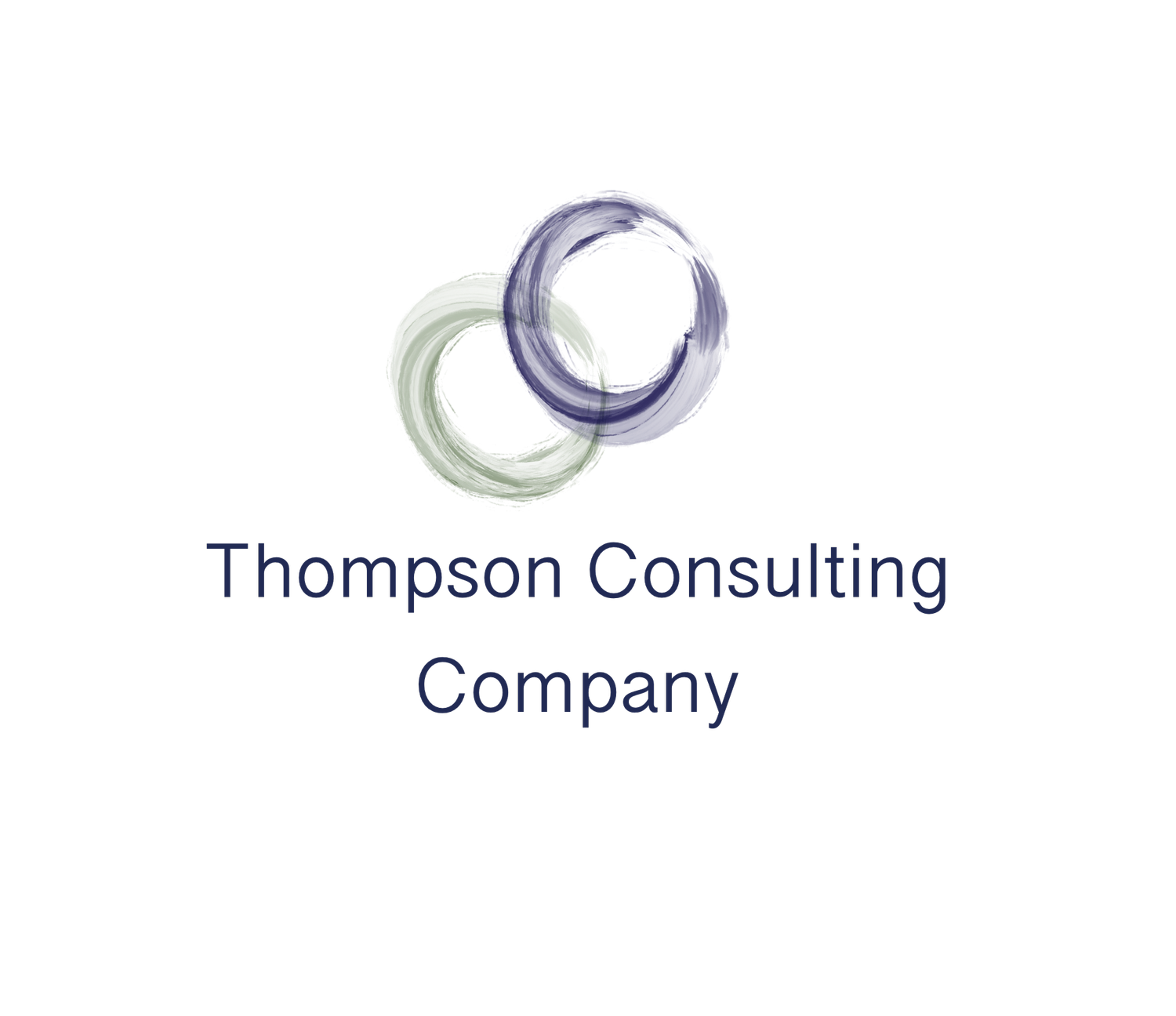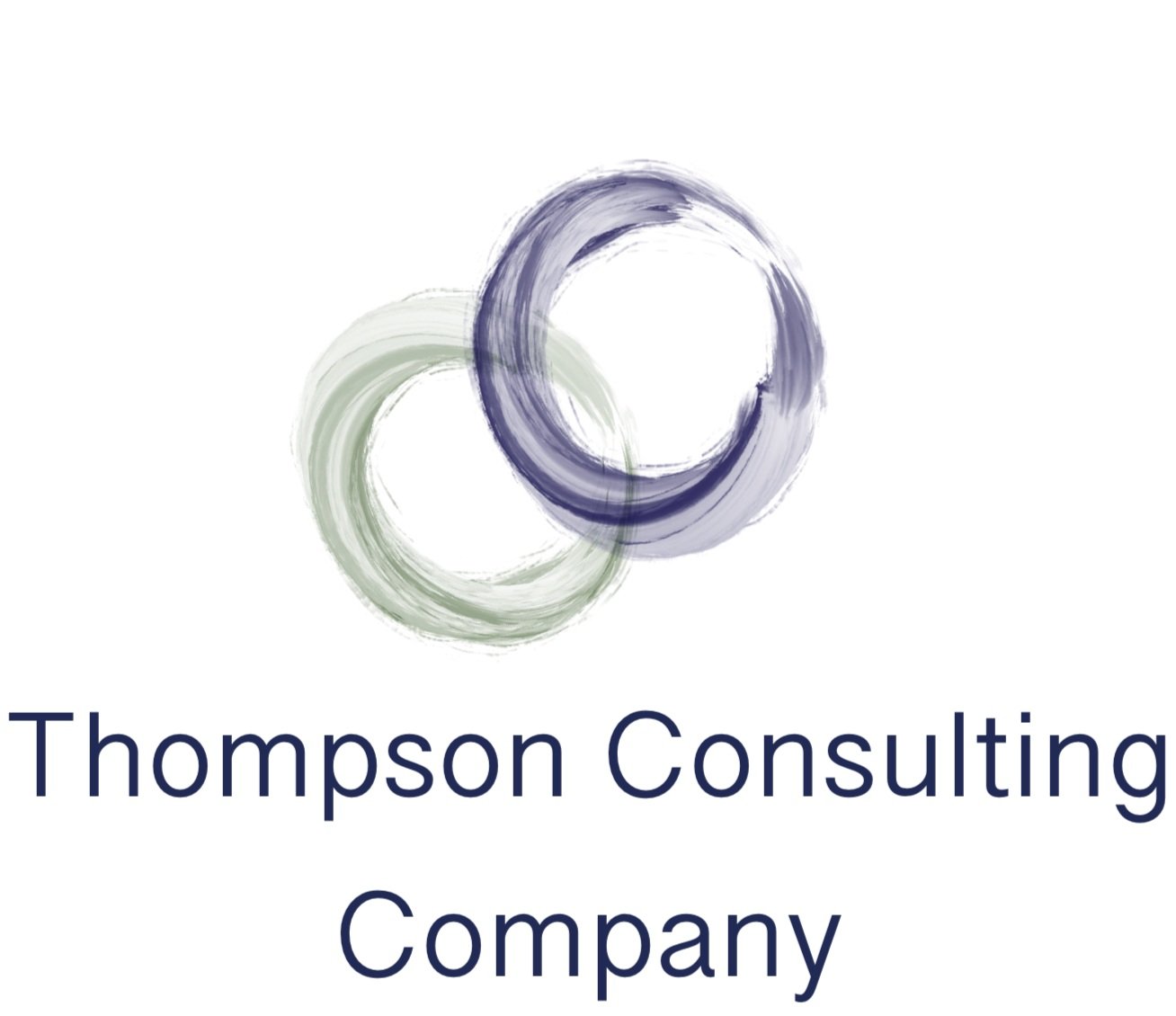Beyond Reciprocity and Extraction
Beyond Reciprocity and Extraction
We all know that engaged employees create positive business outcomes. But engaging employees is something that leaders consistently struggle to do. It can be difficult, and there are plenty of things that need to be done to create an engaging work environment. But I suspect we overcomplicate the methodology. If we get very fundamental, we’ll arrive at an extraordinarily powerful and simple mindset that would inform nearly everything else we do.
Kerr Inkson may have said it best: “It is not that individuals are resources, more that they possess resources, which they may or may not choose to share with the organization and develop within it.”
At its core, engagement is about creating the conditions where people will volunteer their best work.
An all-too-common approach is to focus on extracting value from employees. The extraction-based perspective views humans as resources, and the goal is to extract maximum value from the resource at the lowest possible cost. Extraction uses mostly strategic incentives and power to get people to do work. The needs of the extractor are prioritized. Extractors are usually less concerned about the health and sustainability of the resource and more concerned with its availability in the short term. In other words, it doesn’t matter so much to extractors whether a particular source of value is sustained over time; it matters that they are able to get that value today at the lowest possible cost to themselves. Tomorrow’s problems can be dealt with tomorrow. When treated as resources, people typically won’t respond by volunteering their skills and abilities for the benefit of the organization. People are smart and don’t like to be fooled, so when they see ownership or leadership strategically trying to extract value from them, they resist what feels like exploitation and begin to play by the same strategic rules. It becomes a game of cat and mouse, both trying to get the best of the other. In the long run, people respond to the extraction approach by doing the bare minimum or leaving.
Another way to go about getting value from people is to focus on reciprocity. Reciprocity doesn’t see people as resources, but rather that they have resources. But instead of extracting those resources via strategy and power, leaders employing the reciprocity model look at what they can provide to people in a fair exchange for the resources people have to offer. It’s less about extracting value at the lowest cost and more about exchanging value on mutually fair conditions. The reciprocity-minded leader will often do something for the employee first, trusting that they will do something for the organization in return. For example, they might provide excellent mentorship and upskilling opportunities with an expectation that the person will stick around and apply those skills for the benefit of the organization. Leaders and organizations focused on reciprocity will care more about sustainability and employee burnout because they know that if they don’t care about their employee’s well-being, then employees won’t volunteer their resources for the good of the organization.
Reciprocity is better than extraction if we’re thinking about not wasting people’s lives by delivering a terrible work experience. But there’s something even better that we can bet on.
In the extraction model, the motivation is to get value from people, and the methods don’t care for people or offer sustainability. In the reciprocity model, the methods do offer sustainability and care for people, and yet the motivation for caring is still to get people to give value. I’m not going to suggest that anyone should stop caring about whether employees are bringing value to the organization or whether they are performing as needed or expected. I’m simply suggesting we change the motivation for being good to people.
Shift the goal from getting value out of people to creating success for people, and do it for the purpose of making their life better. Success can mean a lot of different things. For some, it will simply be the opportunity to show up and do an honest day’s work for an honest day’s pay and not be hassled about anything else. For others, it might mean a chance to feel like they’re really making a difference in the world. Success could be about money, or promotions, or a chance to do a particular kind of interesting work. Whatever it is, find out what success looks like for each person and make it a priority to get them where they want to go. Rather than expecting engagement, volunteerism, and loyalty in return, trust that all of these and more will be plentiful as a byproduct of creating success for people.
Let’s have a reality check. This could easily sound like I’m proposing that you give people whatever they want. That’s not what this is about, and there are always parameters on what we can do for other people.
Also, consider that there is no guarantee on what people will do in response to you focusing on their success. If you invest in someone’s development because you care about their success rather than to entice loyalty from them, they might appreciate you and give loyalty because they want to work with someone who cares about them. But you’re also taking a risk. It’s completely possible that they’ll take their new skills and get a better job that pays more somewhere else. There goes your investment in them, right? It’s tempting to reverse course at this point and say something like “I can’t believe you’re leaving after everything I’ve done for you.” But what happens if you double down on being supportive of their success instead of griping about them leaving? Let me tell you a story about real people.
I was facilitating a training with all the leaders in a healthcare organization. During a break, the CEO took me aside and asked if we could end a few minutes before lunch so he could make an announcement. I obliged. After I finished, he stood up and shared some very kind, sincere thoughts about a leader in the room, and then announced that she was taking a job elsewhere, and that the job was akin to a big promotion. The CEO made it clear that she would be missed, but that wasn’t what he emphasized. Instead, the focus of his announcement was that he and the rest of the team were really happy for her and that they were thrilled for her to get this new opportunity. There was no subtle guilting, resentment, or disappointment. Everyone applauded. During lunch, I congratulated her on her new job, and this is what she said: “I’m really excited for the new job, and there are going to be a lot of opportunities for me to learn some new skills. But after a few years, I’d really love to come back here and put those skills to work for this organization because it’s such a great place to work.”
This is what we get when we show people that we want success for them for no other reason than that we want success for them. Your best retention tool is people knowing you care about their success. Your best recruiting tool is people telling their friends that you actually care about people. And your best PR tool might be what people who work in your organization say about you to the people in their community. It’s not always about getting people to stay. It’s also about getting people to come in the first place, and to come back even when they leave for awhile.
We started this whole thing talking about engagement, and I see that I took a little side trip into retention, recruiting, and reputation. So let’s come full circle. You can’t get real engagement from people by treating them like resources or trying to extract value from them at the lowest possible cost. You’ll likely get engagement from when you treat people as people who have resources by creating value for them along with a fair expectation that they create value for you. And if you want to see the best version of people, focus on creating success for them simply because you want them to be successful.
When people trust that your pursuit of their success is genuinely for them and not just a tactic to create value for you, the natural by-product is engagement.

